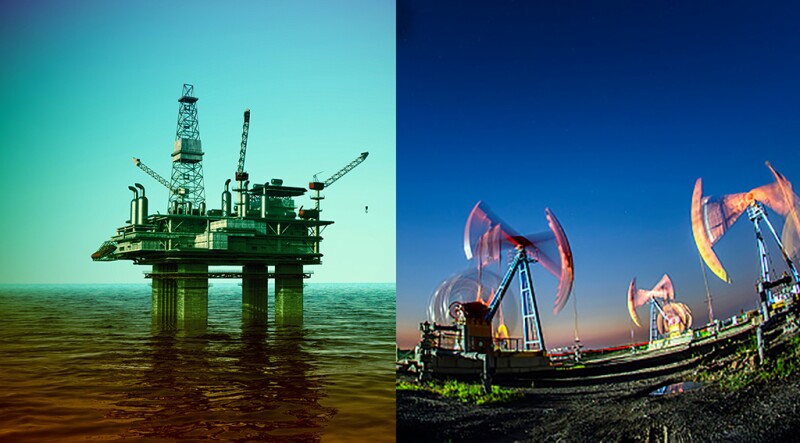January 2025
(available here through 28 February)
EOR Modeling
Data-Driven Predictions of CO2 EOR Numerical Studies Using Machine Learning in an Open-Source Framework
Physics-Informed Machine Learning for Reservoir-Connectivity Identification and Production Forecasting for CO2 EOR
Advancing Predictive Precision in CO2 Minimum Miscibility Pressure: An Interpretable AI Approach for CO2-EOR and CCUS Applications
Mature Fields and Well Revitalization
Unleashing the Potential of Rate Transient Analysis: Transforming the Exploitation of Mature and Tight Fields in a 40-Year Mature Field Case Study
Bypassed Oil Identification and Infill Optimization by a Physics-Guided Data-Driven Workflow: A North Sea Case Study
Well Integrity
Raising the Bar: Why an Industrial Standard for Testing Hydraulic Sealability of Well-Abandonment Materials in Laboratory Is Essential for Well Integrity
Reinventing Well Integrity and Zonal Isolation in Well Abandonment Through Prudent Subsurface Data Integration and Novel Dual-Casing Cement-Bond-Assessment Technology
Data Science, Analytics, and Artificial Intelligence
Real-Time Well-Status Prediction Using Artificial-Intelligence Techniques for Accurate Rate Allocation
Enhancing Information Retrieval in the Drilling Domain: Zero-Shot Learning With Large Language Models for Question Answering
Labeling Job Type and Technology for Large Operational Data Sets
February 2025
(available here through 31 March)
Drilling Automation and Innovation
Real-Time Stick/Slip Mitigation Using Combined Machine-Learning and Physics-Based Techniques
Methodology for Preventing Drillstring Fatigue and Failure in Deep Well With Large Shallow Dogleg
Well Construction in the Era of Big Data: It’s Not Data Analytics, It’s Engineering With Data
Well Testing
Driving Deep Transient Testing With a Complete Digital Workflow: A Sustainable Exploration in Green Fields
New Approach for Well-Cleanup and Well-Testing Operations in High-Rate Gas-Condensate Fields Resulting in Smart Sand-Management System
Shale-Oil Quality Evaluation of Sand-Shale Laminated Reservoir Based on Wireline Formation Test
Formation Evaluation
Effects of Cyclic Salt Precipitation on CO2 Injectivity: From Pore Scale to Near Wellbore
Regional Pore-Pressure Variations of the Wolfcamp, Dean, Spraberry, and Bone Spring Formations of the Midland and Delaware Basins in the USA
Multilayer Reservoir Mapping in Low-Resistivity, Low‑Contrast Clastic Reservoir Using Integration of Ultradeep Azimuthal Resistivity 1D and 3D Inversions
Seismic
Energy-Based Fracture-Network Reconstruction of Shale Gas Reservoir
Joint-Domain Full-Waveform Inversion and Its Applications to Ultrashallow Water OBN Data
Elastic Dislocation Modeling Is an Indirect Tool for Subseismic Natural-Fractures Identification for Carbonate Reservoirs in Wildcat, Exploratory, and Development Blocks: A Case Study From the Complex Compressional Tectonic Zone of Pakistan
Topics Coming Up in February
CO2, Natural Gas, and Hydrogen Storage | Production Monitoring | High Pressure/High Temperature | Geothermal Energy

